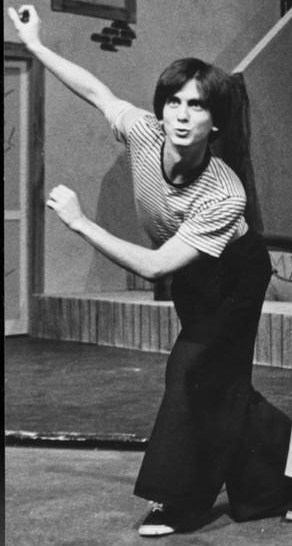That's
Sweeney Todd, Richard II, and
Henry V, all of whom I visited during their final week of performances in DC.
I wish I had been able to write about these productions sooner, but it's been a busy time for me lately. However, all three of these shows attracted my attention, and though they have now all closed, I'm blathering on about them anyway.
I did not invent the term "Teeny Todd;" I think it was first assigned to an Off-Broadway revival of Sweeney Todd which shrank the orchestra and the ensemble, and played the show in a very  small space. Signature Theatre's production, which I was lucky enough to catch at its penultimate performance, was not all that teeny. It was maybe moderately teeny, with an orchestra of only four players, and an abbreviated chorus of London lowlifes.
small space. Signature Theatre's production, which I was lucky enough to catch at its penultimate performance, was not all that teeny. It was maybe moderately teeny, with an orchestra of only four players, and an abbreviated chorus of London lowlifes.
Who cares? I certainly don't. The ensemble sounded great, and delivered what many consider to be Stephen Sondheim's Masterpiece with strength and style. Musical theatre scholars and geeks will argue forever about which Stephen Sondheim show is his masterpiece; theatre folks may pick
Follies, romantics insist the waltz-centric
A Little Night Music takes the prize, and the Pulitzer folks picked
Sunday in the Park with George as Sondheim's best. (And of course, I'm partial to his early work,
A Funny Thing Happened on the Way to the Forum, since it's the only Sondheim I've been in.)

But really, no one can argue with
Sweeney being called a masterpiece, so I was very glad I got to slip into Signature's final afternoon performance of Sondheim's grand guignol opera. This particular
Todd generated some discussion for a controversial casting decision...more on that in a mo'. The cast I saw included two understudies in the principle roles of Tobias and Johanna; the original actors were busy prepping
the next Signature show. As usual

when I am confronted with understudy performances, I was not in the least disappointed. Both substitutes did great jobs. As did Chris Sizemore as the Beadle, a role usually played by an obese middle aged tenor. Chris, whom I admired in
Civil War at Ford's a while back, and with whom I recently did a
staged reading of Parade, was unrecognizable in top hat, skull cap, granny glasses, and Ben Franklin haircut. But he was menacing when he needed to be, and can work that falsetto better than Frankie Valley.

An actor with whom I am unfamiliar, Gregory Maheu, was playing our young hero Anthony, and got the honor (or the curse) of delivering what I think is the greatest, most haunting ballad Sondheim ever wrote, "Johanna." That aria never fails to move me, and this guy, who, physically, had a bit of a Jude Law thing going on, delivered a slender but still powerful version.
Which brings me to the couple at the center of any and all
Sweeney Todd productions. Sherri Edelen was playing Mrs. Lovett; she has been at the top of her game for several years now, I

think, and I will claim that she is the strongest musical performer her age in town. I don't know Sherri all that well; I worked with her husband Tom Simpson in
Man of La Mancha at Wayside Theatre last year, but because Sherri was working in DC at the time, our paths did not cross.
May I wander off into personal memory time? Of course I can, I'm in charge of these pages. I had a pretty fun introduction to Sherri, many years ago, when we both volunteered to help with a general audition for Arena Stage. We sat outside the theatre, checking off names, and mostly, just killing time. Arena had announced
Cabaret as part of their upcoming season, and Sherri mentioned Sally Bowles as one of the roles she had always wanted to play, but which had passed her by (actors talk like this a lot). I have always loved
Cabaret (I wrote about that little obsession
a while ago), so I mentioned to Sherri she

would be a good fit for the role of the Nazi prostitute across the hall (my recollection is, she was unfamiliar with the part, which had been removed from the film version). I don't know if she actively pursued it, or if Arena came calling, but she landed the role and earned a Helen Hayes nom for her performance.
I have no doubt she will be getting another nod for her Mrs. Lovett in
Sweeney. She was funny, sexy, and ruthless, all at once.


Lovett's partner in meatpies, our titular hero, was being played by Ed Gero, an actor well-respected in these parts for his classical work, though he is by no means a stranger to more contemporary plays, having won one of his several Helen Hayes Awards for Skylight at Studio. I have never been disappointed in Ed's work, and have a soft spot for him as a fellow performer. (Uh oh, here comes another sweep down memory lane.) He was the first person with whom I ever engaged in stage combat (or I should say, professional stage combat, as opposed to stuff  in school). The year I spent at The Shakespeare Theatre, Ed was playing Banquo opposite Stacy Keach's Macbeth,and we opened the show with a vicious fight sequence. All the men in the show participated, as Mackers and his buddy mowed down dozens of sword swinging foes. I was Ed's first fight partner in this sequence; I have such strong memories of waiting upstage center, before the curtain went up, with Ed's wry humor helping to calm my neophyte nerves.
in school). The year I spent at The Shakespeare Theatre, Ed was playing Banquo opposite Stacy Keach's Macbeth,and we opened the show with a vicious fight sequence. All the men in the show participated, as Mackers and his buddy mowed down dozens of sword swinging foes. I was Ed's first fight partner in this sequence; I have such strong memories of waiting upstage center, before the curtain went up, with Ed's wry humor helping to calm my neophyte nerves.
Gero has been one of my favorite DC actors ever since. He's pretty much one of EVERYBODY'S favorites, so it was with a bit of awkwardness that some folks wondered if he was up to the vocal challenges of the Demon Barber of Fleet Street. It sounds a bit odd, considering the over-the-top melodrama which is Sweeney Todd, but Ed's performance was actually understated, playing our anti-hero as a shell-shocked psychopath. The chemistry between him and Sherri was wonderful to watch (you could see their affection for each other when one of their duets went a bit awry, and they delightfully let the audience in on the error).
Ed Gero was tied up at Signature Theatre, so was not involved in the huge "Leadership Repertory" recently presented by The Shakespeare Theatre Company. But I was pleased to see several more of the "old guard" at The Shakes playing a variety of roles. Richard II opened with a scene which was apparently interpolated from an apocryphal play called Thomas of Woodstock. Who cares where that first scene came from, I was glad to see it, as its participants were Ted van Griethuysen, Philip Goodwin, and Floyd King, all playing uncles of R2. I worked with all three of these gents, who taught me a great deal about bringing the classics to life. We don't see them on stage at The Shakes as much as we used to, and that's a crime.

 The title character of Richard II, and its companion piece Henry V, were both being played by Michael Hayden, in a monumental exhibition of performance prowess. I have admired Hayden for many years, ever since he proved that an actor who sings can bring new shadings to traditional musical theatre, in the well-received revival of Carousel about 18 years ago. Hayden is responsible for giving the only sympathetic portrayal of the protagonist in Sondheim's Merrily We Roll Along I have ever seen, which I mentioned when it played the Kennedy Center years ago.
The title character of Richard II, and its companion piece Henry V, were both being played by Michael Hayden, in a monumental exhibition of performance prowess. I have admired Hayden for many years, ever since he proved that an actor who sings can bring new shadings to traditional musical theatre, in the well-received revival of Carousel about 18 years ago. Hayden is responsible for giving the only sympathetic portrayal of the protagonist in Sondheim's Merrily We Roll Along I have ever seen, which I mentioned when it played the Kennedy Center years ago.

Here at The Shakes, his double duty really paid off. Richard II as a play is not well-known to me; I saw Kelsey Grammer play it in Los Angeles the night the 1992 riots began, and if I didn't  know better, I would think the two events were related. I also tried to get through an old PBS production of the play starring David Birney, who was never a dynamic actor and proved the point in that dull version. Hayden, though, brought this hubristic character to life for me. And I particularly enjoyed the comic interlude late in the play, with Ted van Griethuysen, Naomi Jacobson, and Tom Story playing a family of squabbling royals.
know better, I would think the two events were related. I also tried to get through an old PBS production of the play starring David Birney, who was never a dynamic actor and proved the point in that dull version. Hayden, though, brought this hubristic character to life for me. And I particularly enjoyed the comic interlude late in the play, with Ted van Griethuysen, Naomi Jacobson, and Tom Story playing a family of squabbling royals.
A few days later, I caught Michael Hayden's Henry V, a play I know far better, having been in it with that fine classical actor Mr. Harry Hamlin:

 H5 has plenty of heroic speeches to deliver, including one of the most famous Call to Arms in dramatic literature. But he has one or two quieter, more circumspect moments, and Hayden delivered those with a poignancy which balanced out the bombastic rhetoric of the warrior king
H5 has plenty of heroic speeches to deliver, including one of the most famous Call to Arms in dramatic literature. But he has one or two quieter, more circumspect moments, and Hayden delivered those with a poignancy which balanced out the bombastic rhetoric of the warrior king . I couldn't help but compare those particular scenes to those played by Hamlin, who had some trouble bringing life to his long monologues. During one particularly lengthy speech, Harry suddenly stopped during a tech rehearsal, and suggested that the moment might go better if he slowly took off his clothes while he spoke (he was right, it would have). Hayden had no need to disrobe during his monologues.
. I couldn't help but compare those particular scenes to those played by Hamlin, who had some trouble bringing life to his long monologues. During one particularly lengthy speech, Harry suddenly stopped during a tech rehearsal, and suggested that the moment might go better if he slowly took off his clothes while he spoke (he was right, it would have). Hayden had no need to disrobe during his monologues.
I love seeing the classics being brought to life with vibrancy, and these three productions of Sweeney Todd, Richard II, and Henry V did just that.

 with Fred, and they became the preeminent dance team of the 30s musical genre. When interviewed in 1986, Astaire was blunt about Rogers's ability: "Ginger had never danced with a partner before. She faked it an awful lot. She couldn't tap and she couldn't do this and that ... but Ginger had style and talent and improved as she went along. She got so that after a while everyone else who danced with me looked wrong."
with Fred, and they became the preeminent dance team of the 30s musical genre. When interviewed in 1986, Astaire was blunt about Rogers's ability: "Ginger had never danced with a partner before. She faked it an awful lot. She couldn't tap and she couldn't do this and that ... but Ginger had style and talent and improved as she went along. She got so that after a while everyone else who danced with me looked wrong." good as when he was gliding across the floor with Rogers. It may have been that, as an actress who danced (rather than a dancer who tried to act), she recognized that characterization did not stop once the music started. She had an ongoing non-musical career before, during, and after her decade with Astaire. She held her own opposite Katherine Hepburn in Stage Door in 1937, and won the Best Actress Oscar for her dramatic work in Kitty Foyle in 1940. (Here's a fun fact: Rogers
good as when he was gliding across the floor with Rogers. It may have been that, as an actress who danced (rather than a dancer who tried to act), she recognized that characterization did not stop once the music started. She had an ongoing non-musical career before, during, and after her decade with Astaire. She held her own opposite Katherine Hepburn in Stage Door in 1937, and won the Best Actress Oscar for her dramatic work in Kitty Foyle in 1940. (Here's a fun fact: Rogers  portrayed the role of Roxie Hart in the film of the same name in 1942, a role which would later be played by Gwen Verdon, Liza Minnelli, Ann Reinking, Brooke Shields, Melanie Griffith, Bebe Neuwirth, and Renee Zellweger, among many others, in the musical version, Chicago.)
portrayed the role of Roxie Hart in the film of the same name in 1942, a role which would later be played by Gwen Verdon, Liza Minnelli, Ann Reinking, Brooke Shields, Melanie Griffith, Bebe Neuwirth, and Renee Zellweger, among many others, in the musical version, Chicago.)  Our favorite Commie-hater was awarded the Kennedy Center Honor in 1992, but Astaire's widow demanded more money than CBS was willing to cough up for the rights to include film clips of their work together, so her televised tribute noticeably lacked her most famous dance sequences. Fred and Ginger made nine movies together in the 1930s, and one more a decade later, and those ten films
Our favorite Commie-hater was awarded the Kennedy Center Honor in 1992, but Astaire's widow demanded more money than CBS was willing to cough up for the rights to include film clips of their work together, so her televised tribute noticeably lacked her most famous dance sequences. Fred and Ginger made nine movies together in the 1930s, and one more a decade later, and those ten films  constitute a trove of dancing gems. The clip below, from 1936's Swing Time, is one of my favorites. Our Ginger is a dance instructor in danger of being sacked; Fred comes to the rescue, and shows off a bit for the boss. The sequence is not cluttered up with elaborate sets or costumes, and allows the duo's smooth simplicity to shine.
constitute a trove of dancing gems. The clip below, from 1936's Swing Time, is one of my favorites. Our Ginger is a dance instructor in danger of being sacked; Fred comes to the rescue, and shows off a bit for the boss. The sequence is not cluttered up with elaborate sets or costumes, and allows the duo's smooth simplicity to shine.
 He was cast as the coroner in The Wizard of Oz on the basis of his reading of that all-important death announcement:
He was cast as the coroner in The Wizard of Oz on the basis of his reading of that all-important death announcement:





 Nissen was in the front row in Sydney in 2000, when the trampoline became an Olympic sport. He died a few weeks ago at the age of 96.
Nissen was in the front row in Sydney in 2000, when the trampoline became an Olympic sport. He died a few weeks ago at the age of 96.





 Never heard of it? Not surprising, as it struggled through only a season and a half before
Never heard of it? Not surprising, as it struggled through only a season and a half before 


 Leslie Neilson, back when he was a dramatic actor
Leslie Neilson, back when he was a dramatic actor





























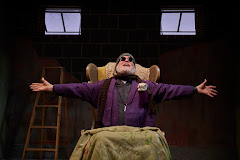




























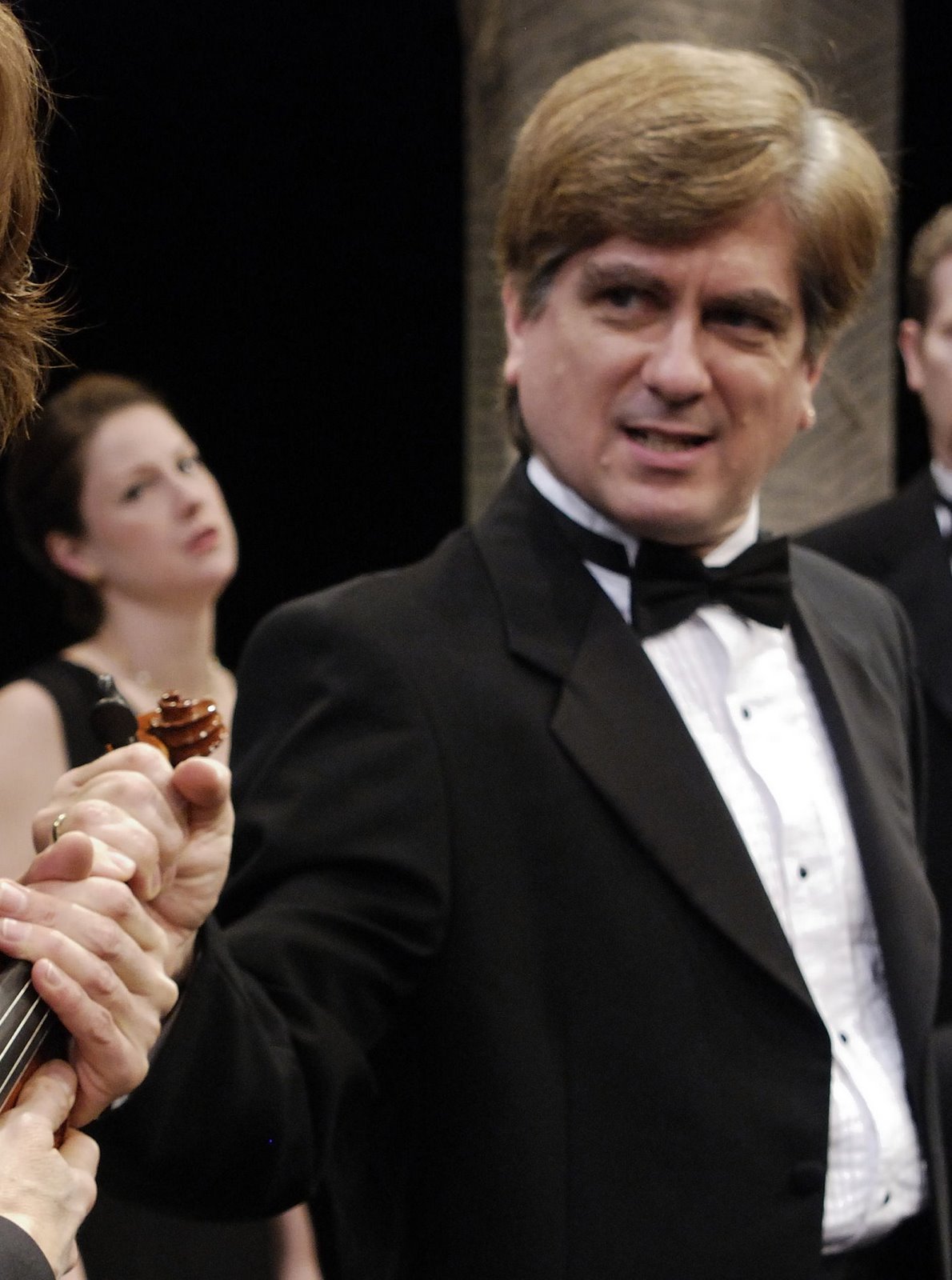
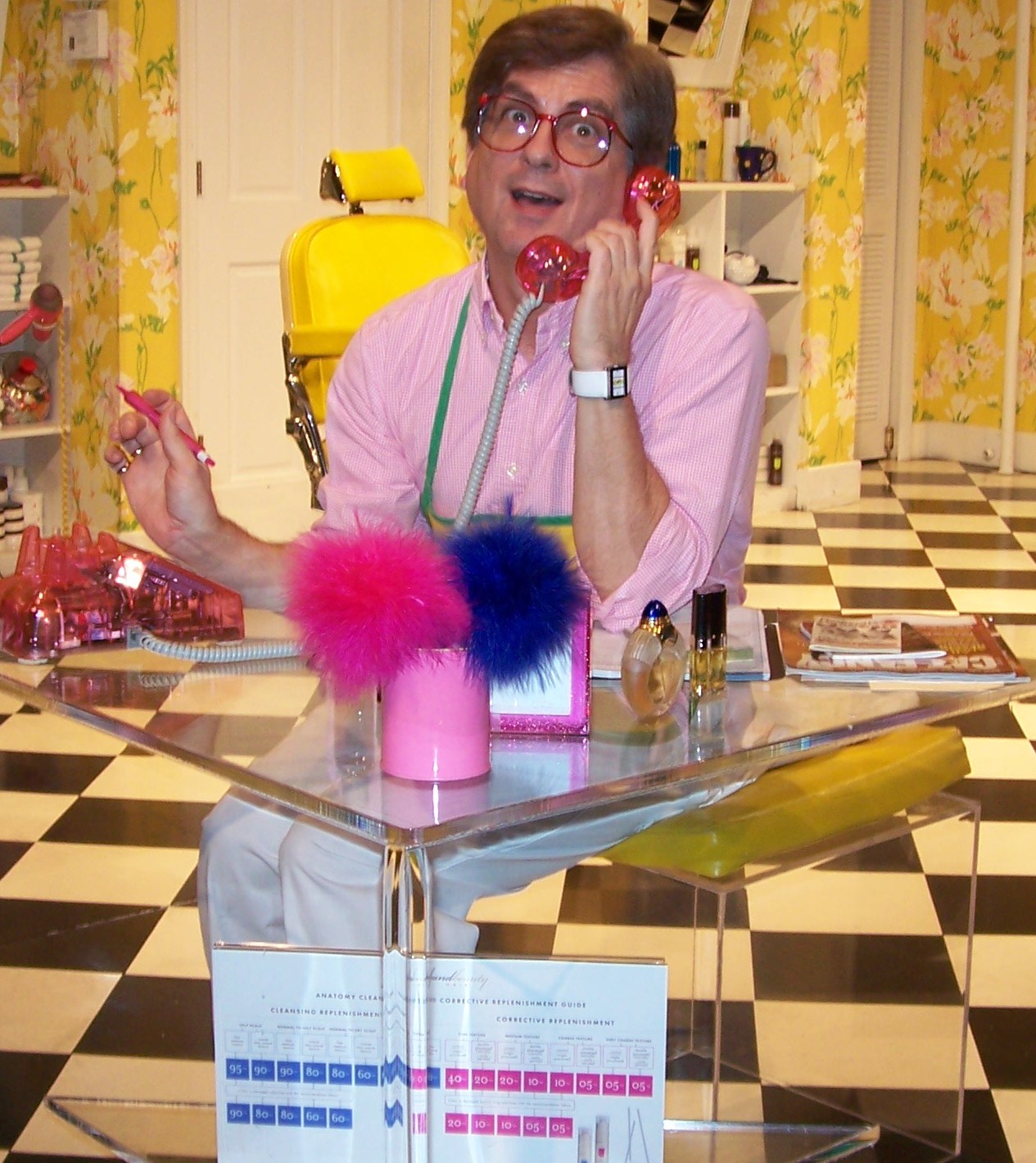
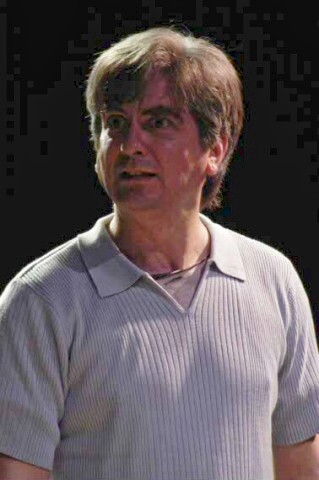
,+Olney+Theatre+Center,+2004.jpg)


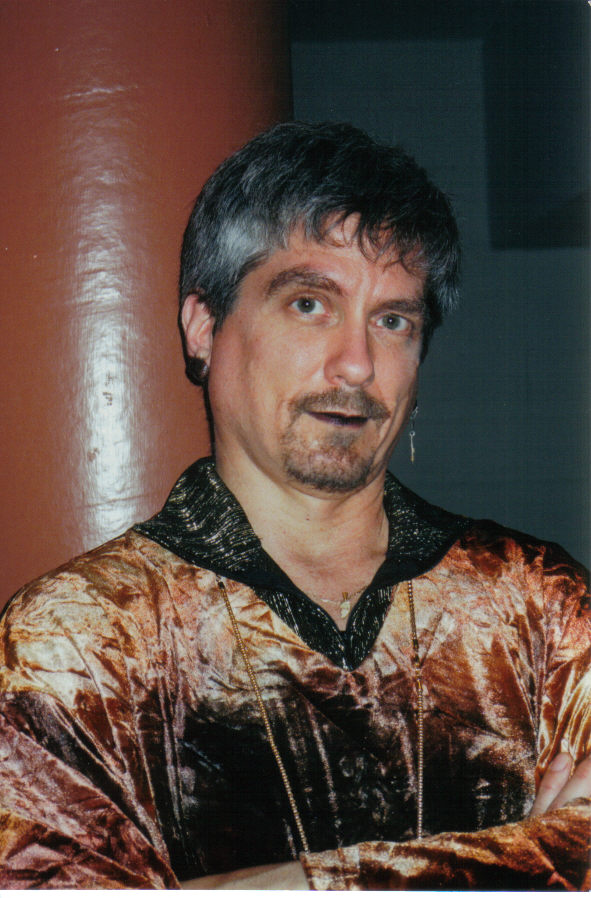
,+Shakespeare+Theatre+Company,.jpg)
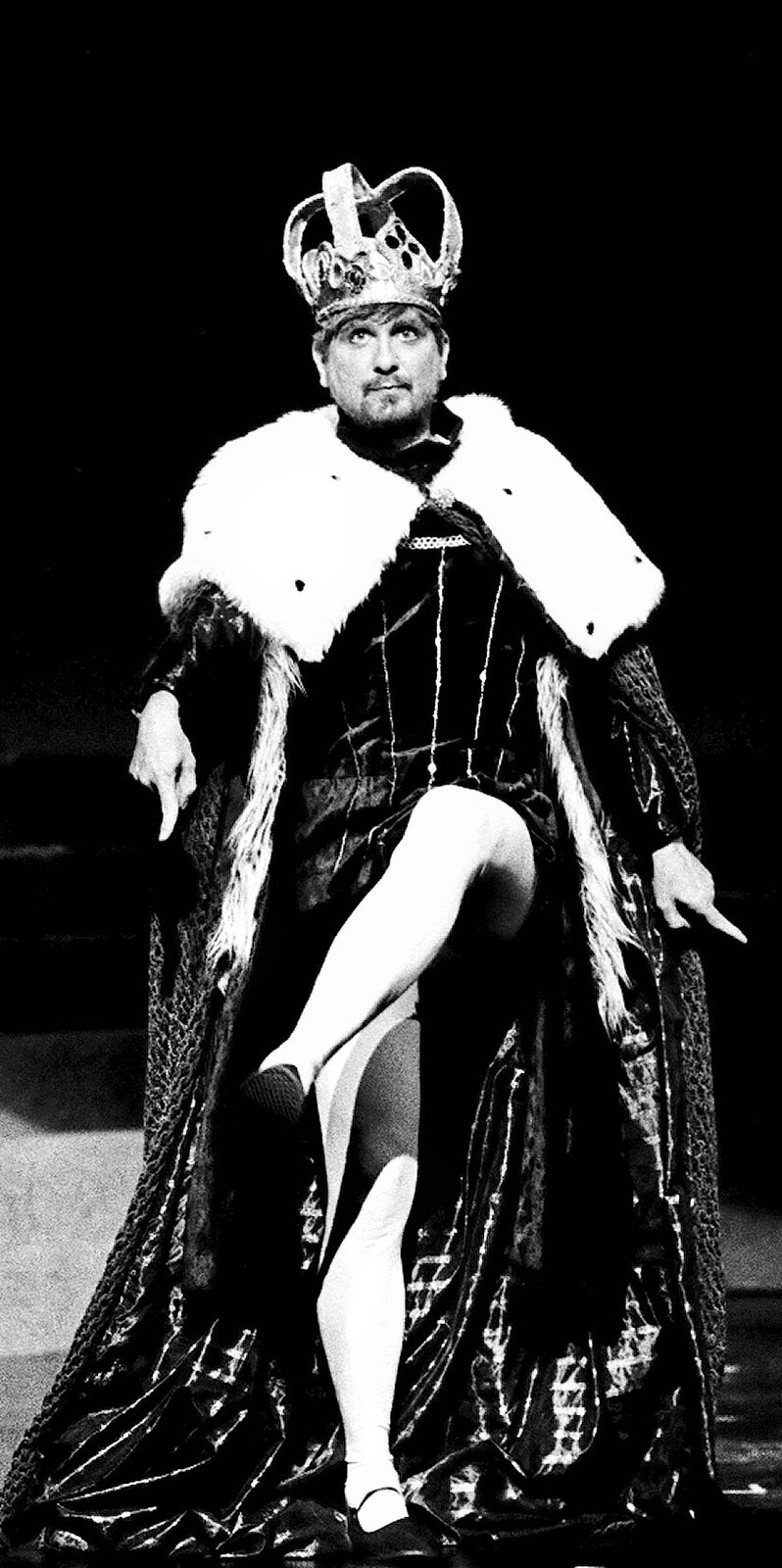

,+Warehouse+Theatre,+1999.jpg)
,+Are.jpg)
,+Everyman+Theatre,2002.jpg)
,+First+Nationa.jpg)
,+Shakespeare+Theatre+Company,.jpg)


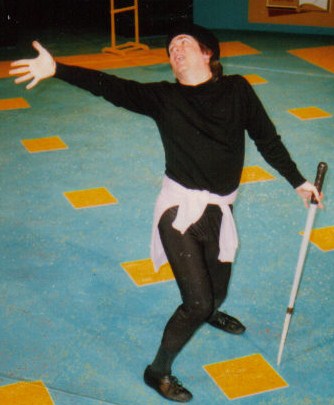
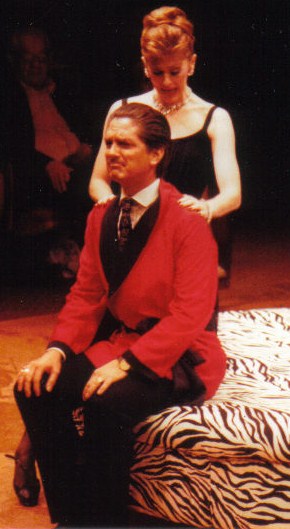


,+Granada+Th.jpg)
,+Globe+Playhouse,.jpg)
,+CSUN,+1976.jpg)
